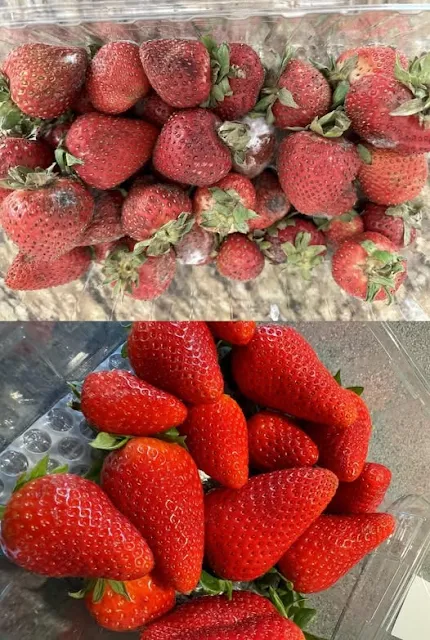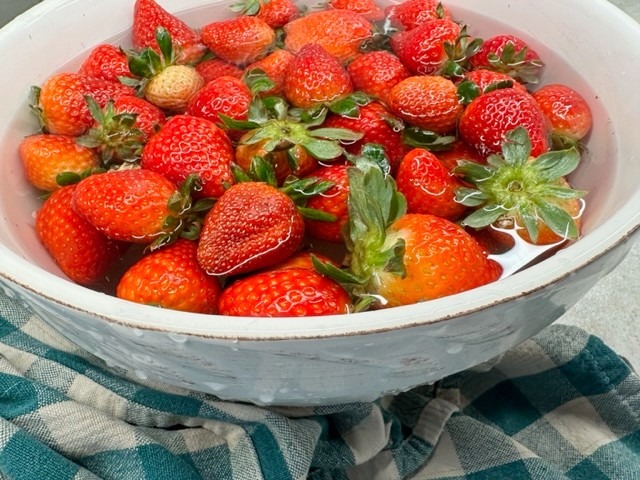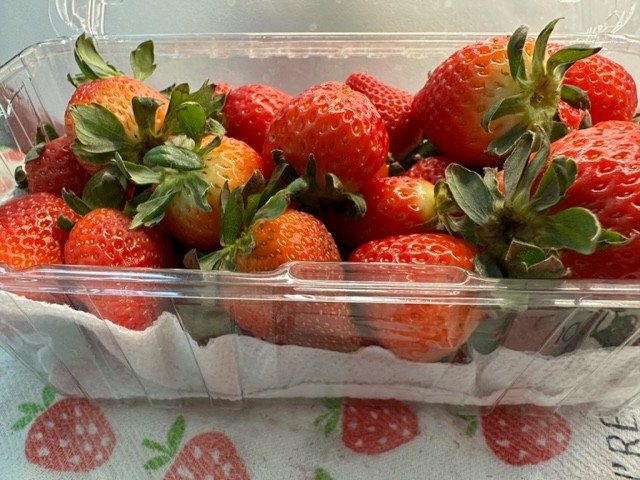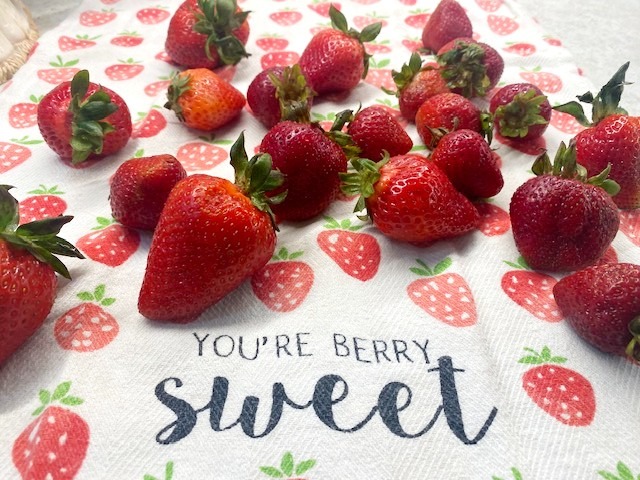Why Strawberries Spoil Quickly
Strawberries are delicate fruits with high water content, making them prone to mold and spoilage. They continue to ripen and break down after harvest, so proper storage is key to slowing this process. Follow these tips to maximize their freshness and flavor.

Step-by-Step Guide to Keeping Strawberries Fresh
1. Inspect Before Storing
- Check for Mold or Bruises : As soon as you get home, inspect the strawberries. Remove any berries that are already soft, moldy, or bruised—these can quickly spread spoilage to the rest.
2. Don’t Wash Until Ready to Eat
- Keep Them Dry : Moisture is the enemy of fresh strawberries. Washing them before storing introduces moisture, which accelerates mold growth. Only wash strawberries right before you plan to eat or use them.

3. Use Vinegar Soak (Optional)
- Vinegar Bath : To kill bacteria and spores, soak strawberries in a solution of 1 part white vinegar to 3 parts water for 5–10 minutes. Drain and pat them completely dry with a clean kitchen towel or paper towels before storing. This trick can significantly extend their freshness.
4. Store in the Fridge
- Use a Breathable Container : Place the strawberries in a single layer in a container lined with paper towels. The paper towels absorb excess moisture, while the breathable container allows airflow to prevent mold. Avoid sealing them in plastic bags, which trap humidity.
- Ideal Temperature : Store strawberries in the crisper drawer of your refrigerator, where the temperature is slightly higher and more stable. Aim for around 32–36°F (0–2°C) .

5. Keep the Caps On
- Leave the Stems Intact : Removing the green caps (calyxes) exposes the inner flesh of the strawberry, making it more susceptible to moisture loss and spoilage. Only remove the stems when you’re ready to eat or cook with them.
6. Freeze for Long-Term Storage
- Freeze for Smoothies or Baking : If you can’t eat all your strawberries before they start to spoil, freeze them for later use. Wash, hull, and pat them dry, then lay them in a single layer on a baking sheet. Freeze until solid, then transfer to an airtight freezer bag. Frozen strawberries are perfect for smoothies, jams, or baked goods.

Common Mistakes to Avoid
- Washing Too Early : As mentioned, washing strawberries before storage speeds up spoilage. Always wait until just before eating.
- Storing at Room Temperature : Strawberries left out at room temperature will spoil quickly due to their high water content and sugar levels. Always refrigerate them.
- Stacking or Crowding : Piling strawberries on top of each other can cause bruising and uneven airflow, leading to faster spoilage. Store them in a single layer whenever possible.

Signs Your Strawberries Are Spoiling
- Mold Growth : White or gray fuzzy spots indicate mold. Discard affected berries immediately.
- Soft or Mushy Texture : Overripe strawberries lose their firmness and become watery.
- Off Smell : A sour or fermented odor means the berries have gone bad.
Bonus Tips for Maximizing Freshness
- Buy Local and In Season : Locally grown strawberries are fresher and often last longer than those shipped long distances.
- Grow Your Own : If you have space, consider growing strawberries at home. You can pick them fresh and enjoy peak flavor.
- Repurpose Overripe Berries : If some strawberries start to soften but aren’t moldy, use them in recipes like jams, syrups, or desserts (e.g., strawberry shortcake).

Final Thoughts
With these simple strategies, you can keep strawberries fresh and delicious for up to 1–2 weeks in the fridge—or even longer if you freeze them. Whether you’re enjoying them plain, adding them to salads, or using them in desserts, fresh strawberries are a treat worth preserving.
Your turn! What’s your favorite way to store or use strawberries? Share your tips and tricks below.
Source: modawantelarab.blogspot.com

